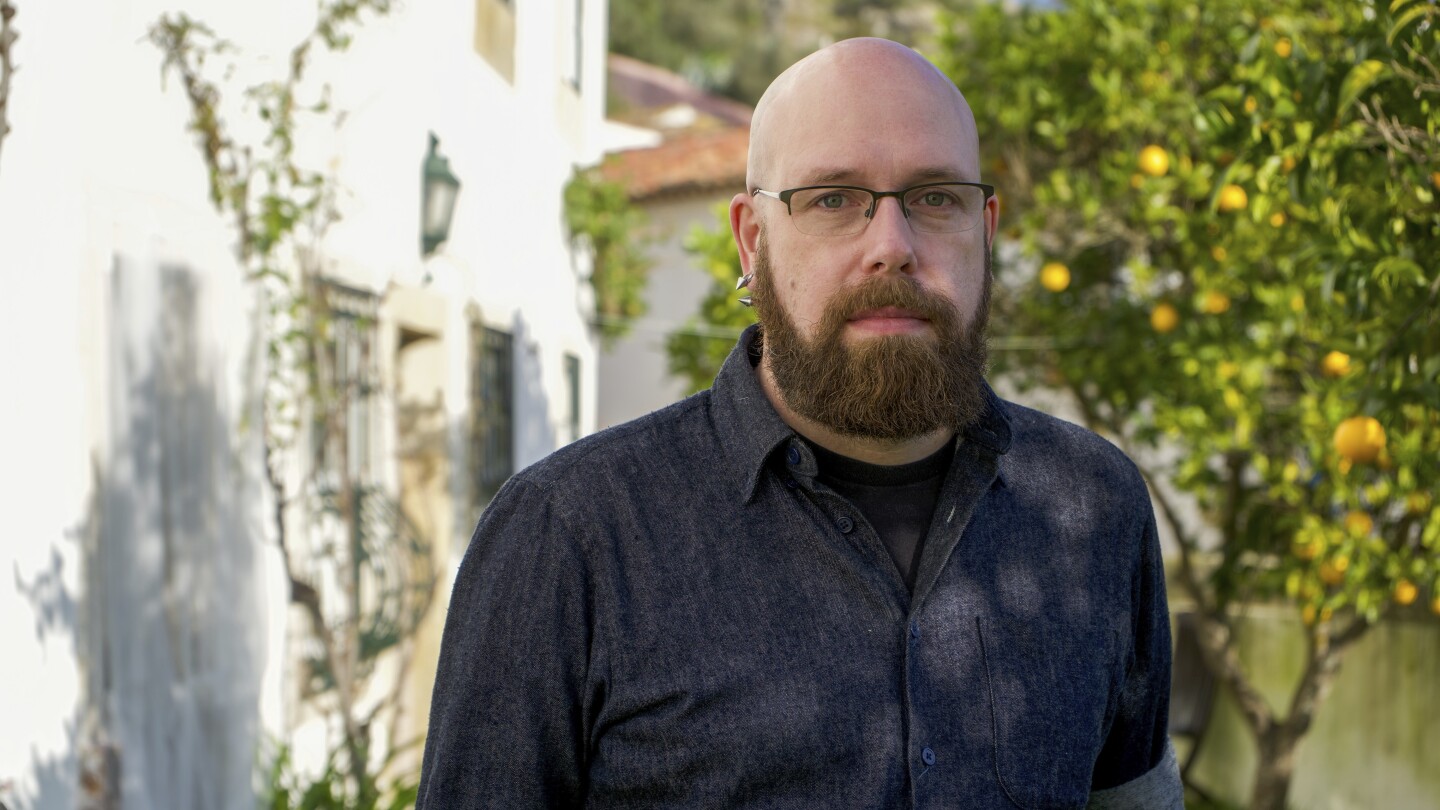Those same images have made it easier for AI systems to produce realistic and explicit imagery of fake children as well as transform social media photos of fully clothed real teens into nudes, much to the alarm of schools and law enforcement around the world.
Until recently, anti-abuse researchers thought the only way that some unchecked AI tools produced abusive imagery of children was by essentially combining what they’ve learned from two separate buckets of online images — adult pornography and benign photos of kids.
But the Stanford Internet Observatory found more than 3,200 images of suspected child sexual abuse in the giant AI database LAION, an index of online images and captions that’s been used to train leading AI image-makers such as Stable Diffusion. The watchdog group based at Stanford University worked with the Canadian Centre for Child Protection and other anti-abuse charities to identify the illegal material and report the original photo links to law enforcement.



This isn’t about LLMs, it’s image generation. And it’s also important to note that these are still just accusations, and anything child porn related is going to have a lot of angry people insisting that there are no shades of grey while disagreeing on where that supposed hard line actually lies.
Finally, the researcher behind this has stated that he opposes the existence of these AIs regardless of the child porn issue, so I have some dubiousness there as well.
But this is the internet, so let the angry arguments roll on I guess.